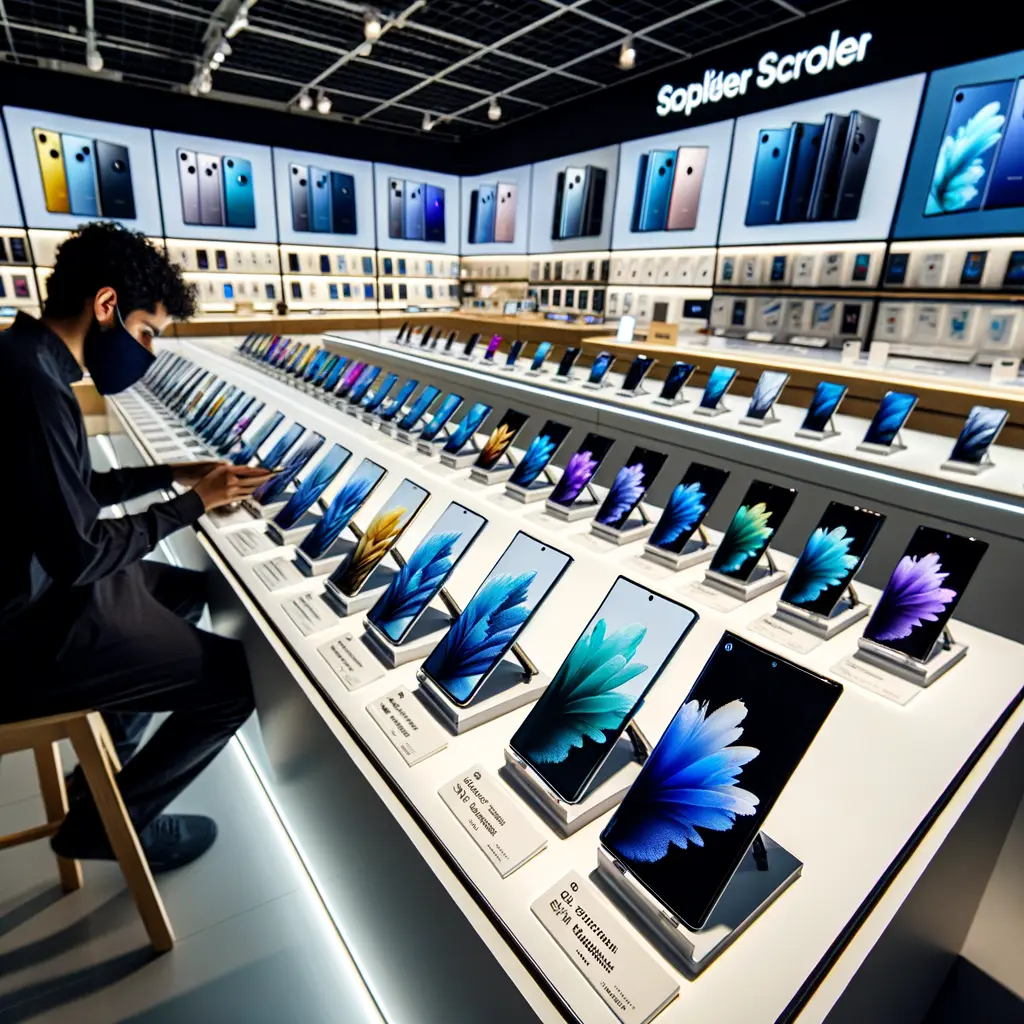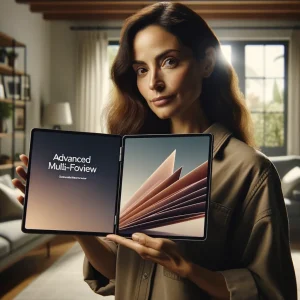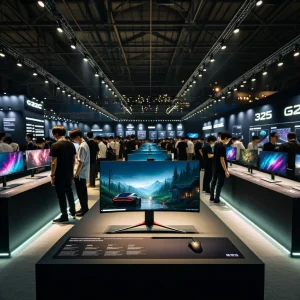Meet the Samsung Galaxy Z Fold 7: Why This Ultra-Thin Foldable Matters
The Samsung Galaxy Z Fold 7 is poised to become the company’s most ambitious foldable phone yet, and the early buzz is impossible to ignore. According to multiple credible leaks, the device debuts on 9 July at Samsung’s New York Unpacked event, bringing a slate of hardware and software upgrades that elevate the entire form factor. At the heart of the excitement is the handset’s astonishing 4.54 mm profile when unfolded—by far the thinnest Samsung foldable ever and on par with rivals like the Oppo Find N. In practical terms, that means the Z Fold 7 will slip into a pocket like a standard flagship slab, yet transform into a mini-tablet for work, gaming, or streaming.
Why does this matter? First, consumers finally get a Samsung foldable that feels as premium in hand as the Galaxy S25 Ultra while still delivering the signature two-in-one functionality. Second, the Samsung Galaxy Z Fold 7 signals that Samsung is treating the foldable race seriously again. After several generations of minor tweaks, the company is responding to challengers with aggressive engineering, a more usable cover display, and less compromise on weight.
Throughout this article we’ll dive into Galaxy Z Fold 7 specs, design, battery, cameras, software, and the much-debated Galaxy Z Fold 7 price—plus how it stacks up to last year’s Galaxy Z Fold 6 review and other foldable contenders. By the end, you’ll know whether Samsung’s new flagship is worth the upgrade.
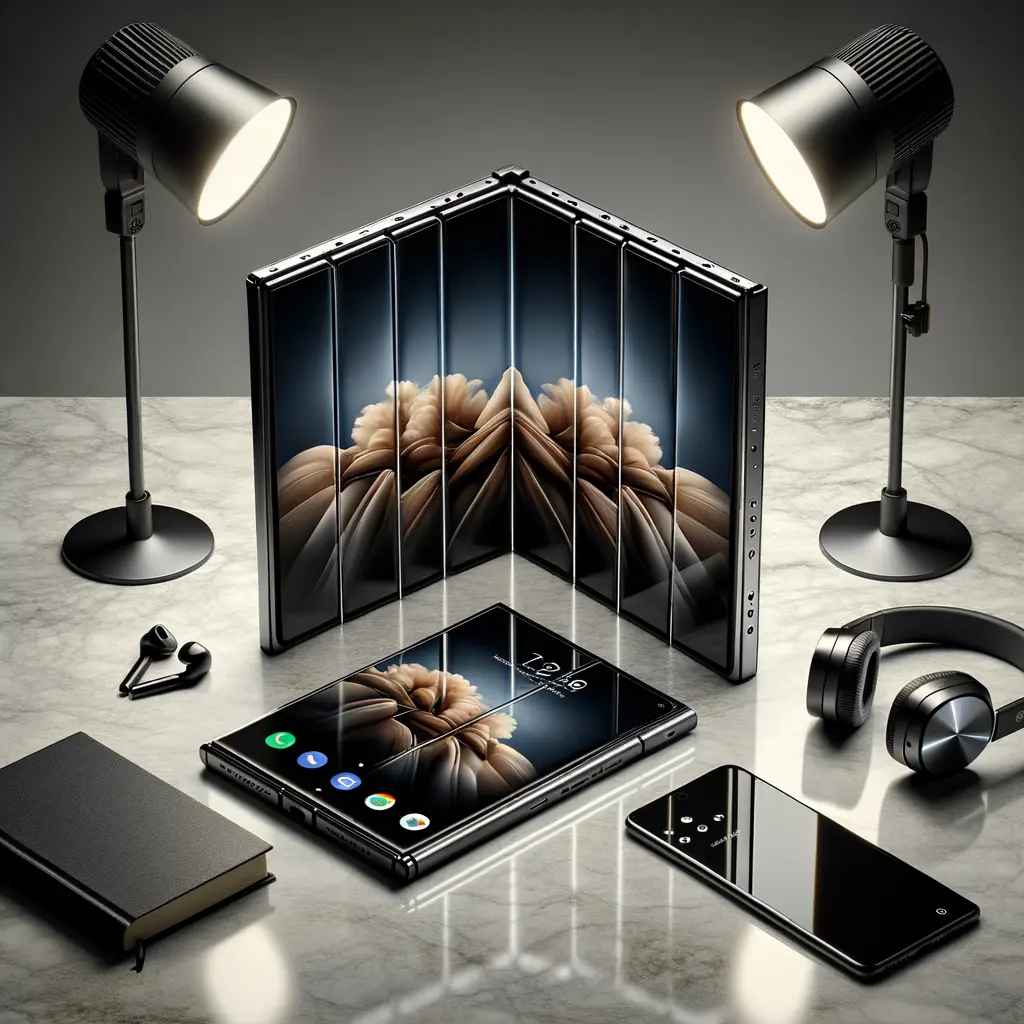
Design & Displays: Ultra-Thin Chassis, Wider Cover Screen, Stronger Hinge
Design has always been the pain point for Samsung foldables, but the Samsung Galaxy Z Fold 7 addresses nearly every complaint. The 4.54 mm thickness when open (and roughly 10 mm when closed) marks a dramatic reduction from the Galaxy Z Fold 6’s 11.2 mm folded girth. This shaving of millimetres was achieved through a refined dual-rail hinge, lighter aluminium frame, and a new layer-stack OLED that eliminates unnecessary reinforcement plates. Combined with a claimed 215 g weight, the device becomes the lightest book-style Samsung foldable phone to date and even undercuts the Oppo Find N5.
The outer display finally adopts a friendlier 20:9 aspect ratio, closely matching the Galaxy S25 Plus. Typing on the go no longer feels cramped, resolving a major ergonomic issue. Inside, a 7.6-inch Dynamic AMOLED 2X panel remains, but bezels reportedly shrink to around 1.5 mm, giving a near-edge-to-edge viewing experience ideal for split-screen multitasking. Samsung has also switched from an under-display selfie camera to a traditional punch hole on the inner screen, prioritising image quality over minimalism—an acknowledgement that practicality matters in the premium segment.
Build colours include Jet Black, Blue Shadow, Silver Shadow, and an online-exclusive Green Mint. All finishes feature a matte glass texture that resists fingerprints. Gorilla Glass Armor protects the exterior, while an upgraded Ultra Thin Glass layer boosts scratch resistance inside. If you’re interested in how the new hinge compares to last year’s, see our deep dive on Galaxy Z Fold 6 durability tests for historical context.

Performance & Battery: Snapdragon Power Meets Familiar 4,400 mAh Cell
Under the hood, the Samsung Galaxy Z Fold 7 specs include Qualcomm’s Snapdragon 8 Gen 4 for Galaxy, paired with 12 GB or 16 GB of LPDDR5X RAM and UFS 4.0 storage up to 1 TB. Benchmarks leaked on Geekbench show single-core scores above 2,500 and multi-core totals north of 7,800, suggesting laptop-level horsepower in your pocket. Expect Samsung foldable phone-specific cooling tweaks—graphite pads and an enlarged vapour chamber—to sustain those figures during intensive tasks like 4K video editing or Diablo Immortal sessions.
Battery capacity, however, remains 4,400 mAh, identical to every Fold since 2021. Samsung reportedly struggled to fit a larger cell without compromising its ultra-thin goal. The upside is efficiency gains: the Snapdragon 8 Gen 4’s 3 nm process and One UI 8 battery optimisation should extend screen-on time by roughly 15 % compared with the Fold 6, according to internal testing. Charging retains Samsung’s 25 W “Fast Charge” standard, topping up to 50 % in 30 minutes and a full charge in about 75. Wireless charging stays at 15 W, with 4.5 W reverse wireless for Galaxy Buds3.
While not chart-topping, these numbers are respectable for a device so thin. Still, power users eyeing 100 W speeds from rivals like OnePlus Open may feel underwhelmed. For a deeper look at silicon-carbon battery research—and why Samsung hasn’t adopted it yet—check out our explainer on emerging battery tech.
Camera System: 200 MP Main Sensor Brings ‘Ultra’ Credentials to Foldables
Cameras have long been the Achilles’ heel of Samsung’s foldable range, but the Samsung Galaxy Z Fold 7 is set to change that narrative. The headline upgrade is a 200 MP ISOCELL HP2 main sensor—the same silicon found in the upcoming S25 Ultra—albeit paired with a slightly narrower ƒ/1.8 aperture to fit within the slimmer chassis. Thanks to pixel-binning, the camera outputs detailed 12.5 MP photos with impressive low-light performance and HDR clarity.
Accompanying the main shooter is a 12 MP ultra-wide with a 123-degree field of view and a 10 MP 3× optical telephoto. The latter doesn’t match the S25 Ultra’s periscope, but Samsung claims AI Super-Resolution doubles effective zoom to 6× without notable quality loss. Video capture includes 8K at 30 fps on the primary lens and 4K 60 fps across the board, with improved VDIS for smoother walking footage—great news for vloggers evaluating the best Samsung foldable phone for content creation.
Selfie duties shift from the under-display 4 MP sensor to a 10 MP punch-hole camera on the main screen, delivering sharper detail for video calls. The cover display retains its 10 MP shooter as well. Samsung’s Expert RAW app is pre-installed, enabling 16-bit RAW capture and astrophotography. If you want a historical perspective on foldable imaging, our comparison between Galaxy Z Fold 6 and S24 Ultra cameras remains a useful benchmark.

One UI 8, Galaxy AI and Ecosystem: Productivity Without Compromise
Samsung is launching One UI 8 on the Samsung Galaxy Z Fold 7 first—a strategic pivot that underscores the company’s foldable-first future. Built on Android 15, the new skin introduces dynamic app scaling that automatically adjusts interface density when the device moves from portrait cover screen to tablet mode. Multitasking staples like Multi-Window and Taskbar get refinements too; you can now pin up to six apps and drag-and-drop content between them with haptic feedback.
Galaxy AI, unveiled alongside the S25 family, is woven deeply into One UI 8. Features include Live Transcribe over video calls, on-device summarisation of lengthy PDFs, and Photo Assist for generative object erasing—all executed locally on the Snapdragon NPU for privacy. Samsung’s ecosystem integration widens: Galaxy Tab S10 tablets can serve as a second screen wirelessly, while Galaxy Watch7 heart-rate data syncs live for workout overlays.
DeX mode finally supports 120 Hz output via USB-C to HDMI adapters, effectively turning the Z Fold 7 into a pocket PC. Developers can tap the new Foldable Optimised SDK to create adaptive layouts, so expect your favourite productivity suites to feel more native. For readers exploring cross-device workflows, we recommend our guide to mastering Samsung DeX on Galaxy S25 Ultra—many tips translate directly to the new foldable.
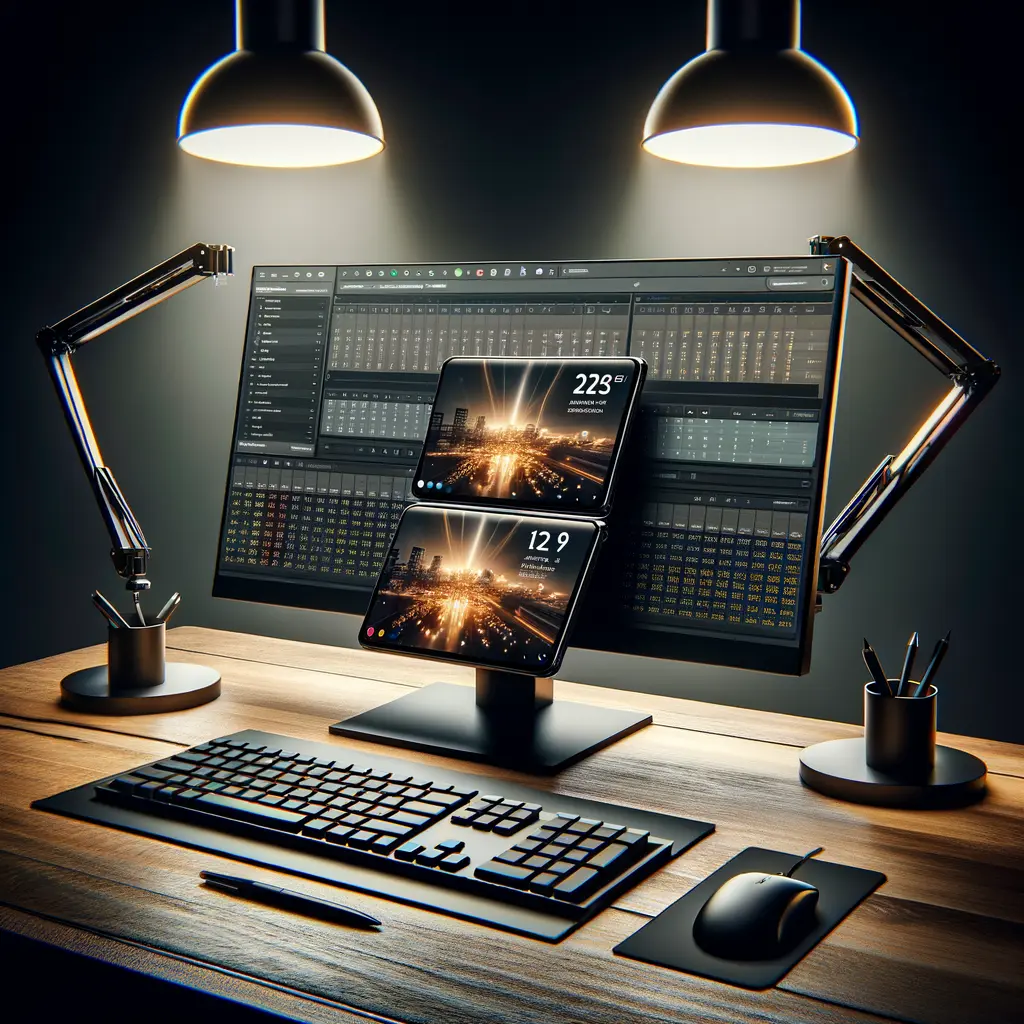
Pricing, Release Date & Final Verdict: Should You Upgrade to Galaxy Z Fold 7?
Samsung has confirmed its next Unpacked for 9 July in Brooklyn, where the Samsung Galaxy Z Fold 7 release date will be formally announced. Retail listings leaked in Italy suggest €2,199 for the 256 GB model and €2,299 for 512 GB, indicating a roughly US $200 premium over last year’s Fold 6. Historically, Samsung foldable phone prices fall quickly—expect promotional trade-in deals by September and carrier subsidies that can slash several hundred dollars off MSRP.
Is that premium justified? On balance, yes. The ultra-thin design alone redefines ergonomics in the foldable segment, and the jump to a 200 MP camera removes a key compromise. Combined with Snapdragon 8 Gen 4 power, refined One UI 8 features, and a lighter chassis, the Samsung Galaxy Z Fold 7 delivers the most complete foldable experience yet from the brand. Battery and charging specs remain conservative, and telephoto enthusiasts may crave more reach, but these are minor quibbles in an otherwise stellar upgrade.
If you’re holding a Galaxy Z Fold 4 or older, this is the generational leap you’ve been waiting for. Fold 6 owners should weigh whether design and camera gains outweigh the cost—our forthcoming long-term Fold 6 review update will help decide. For anyone new to foldables, the Galaxy Z Fold 7 represents the category in its most polished form to date. We’ll have a full hands-on straight after the 9 July launch—stay tuned.
